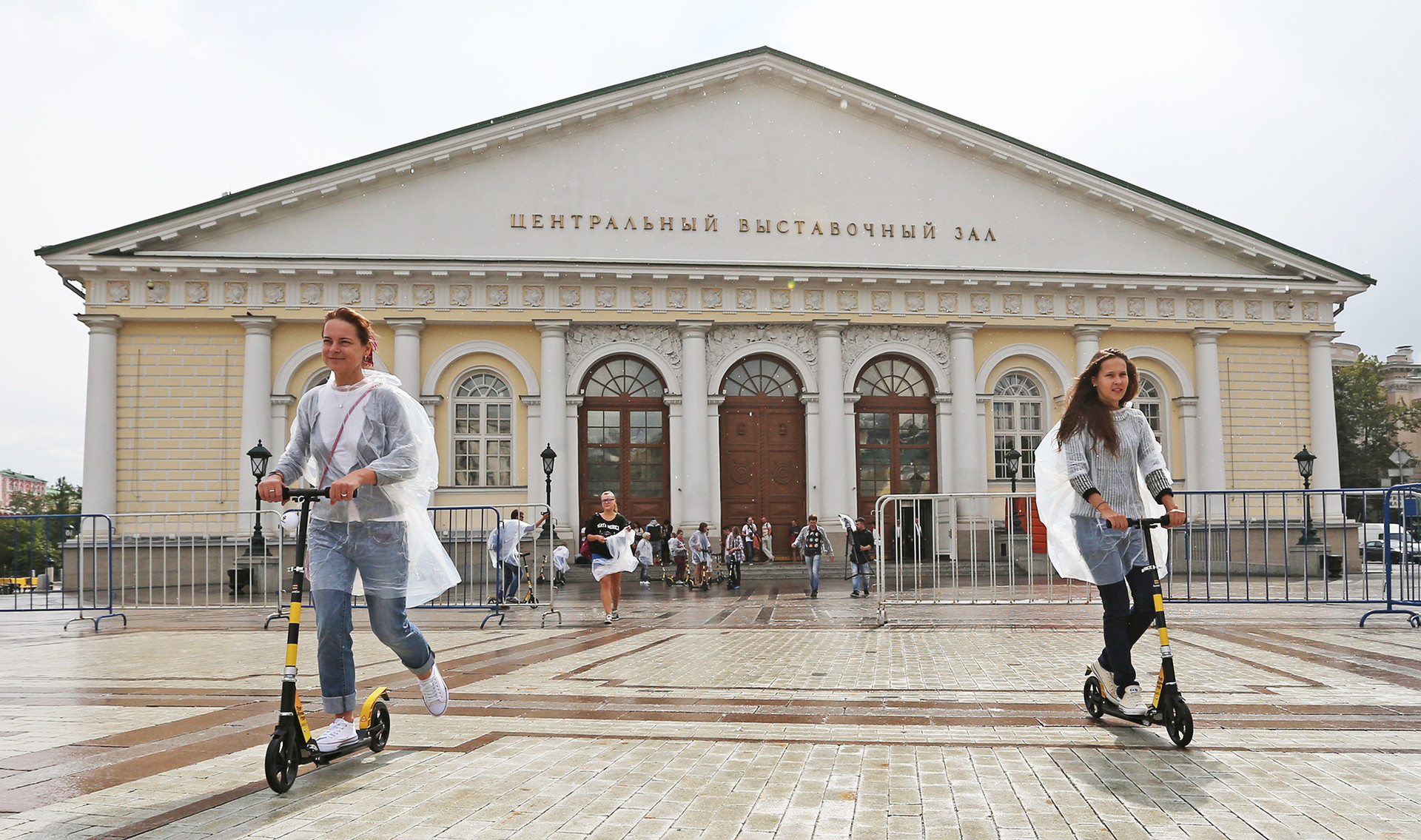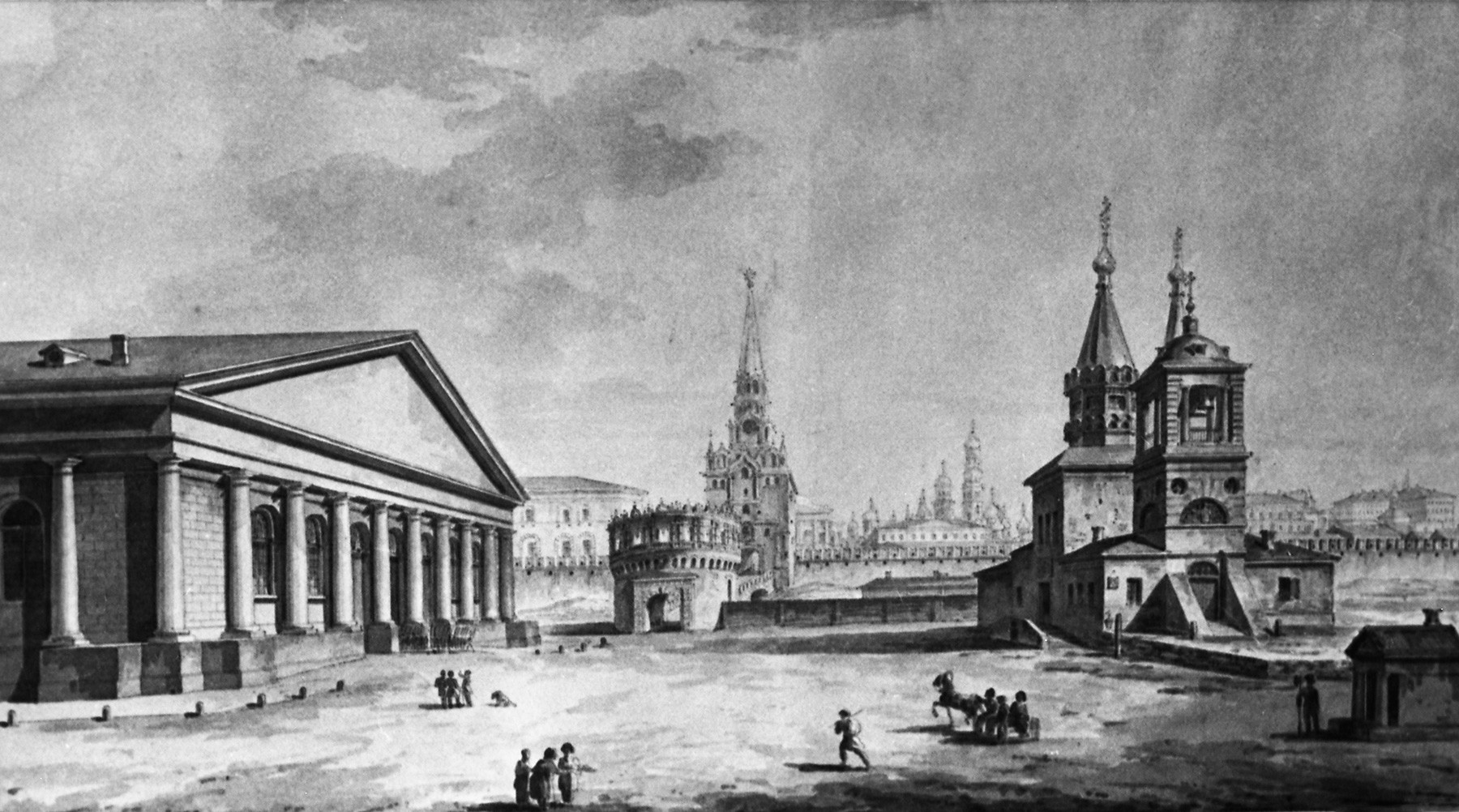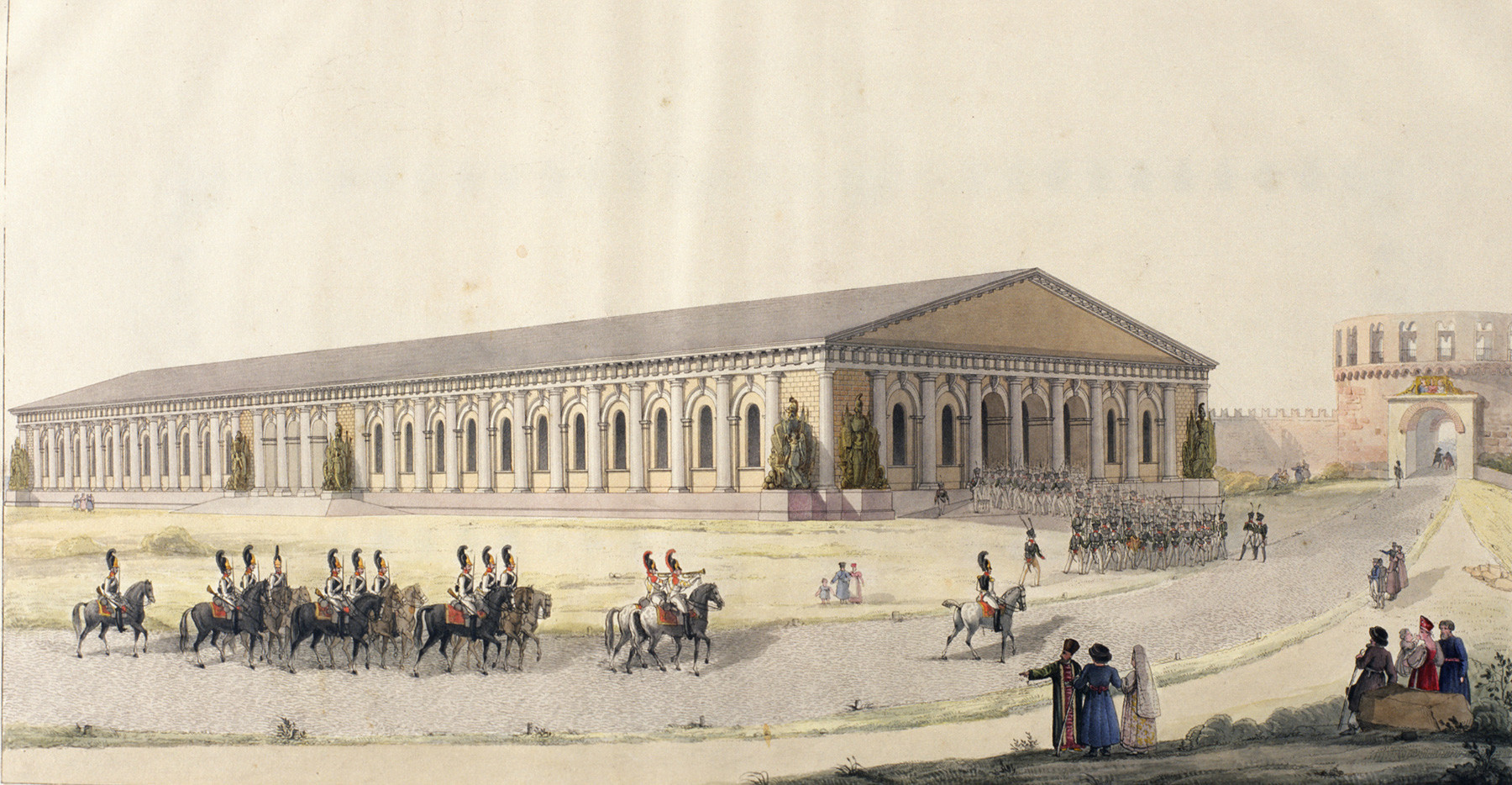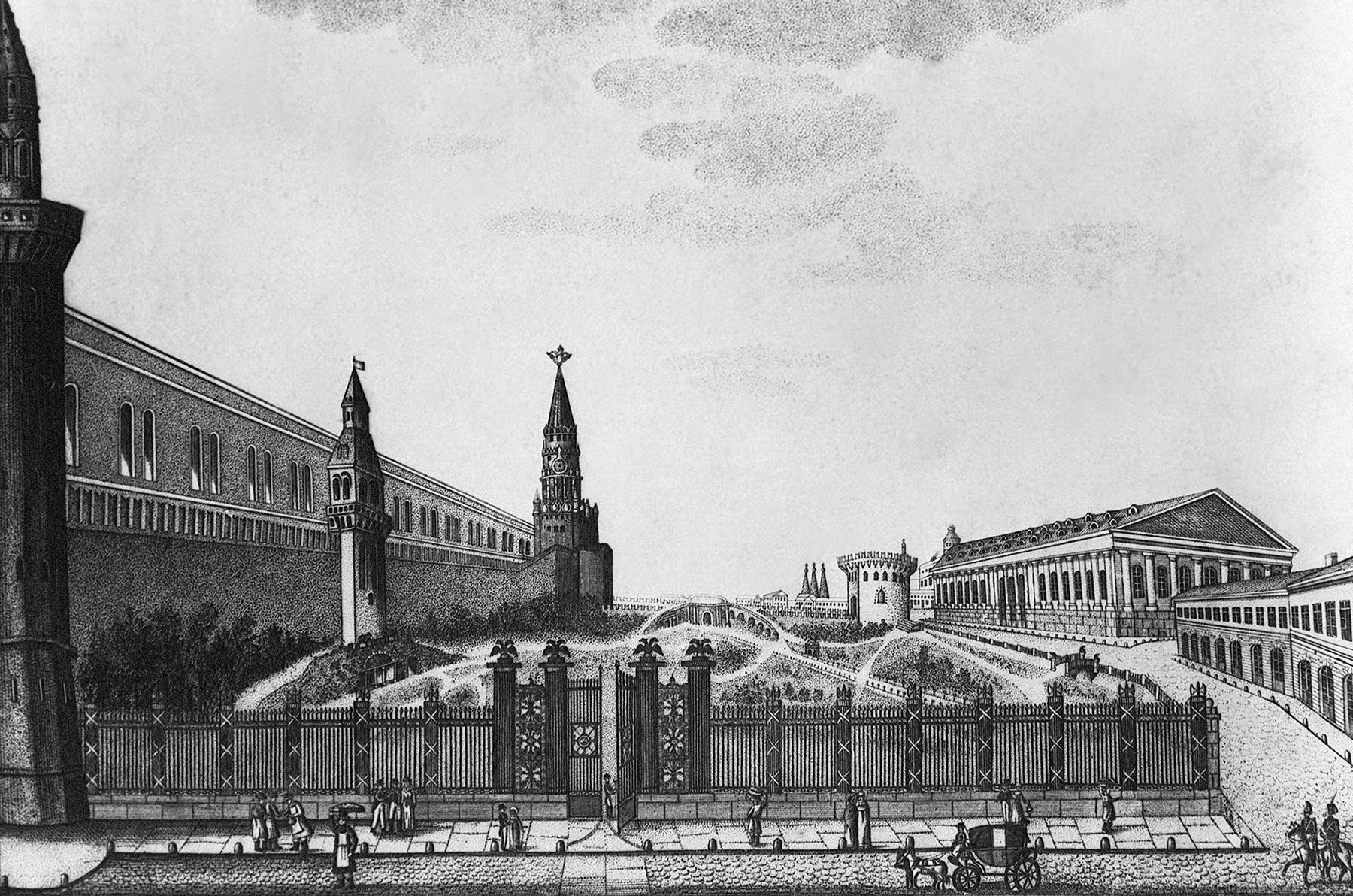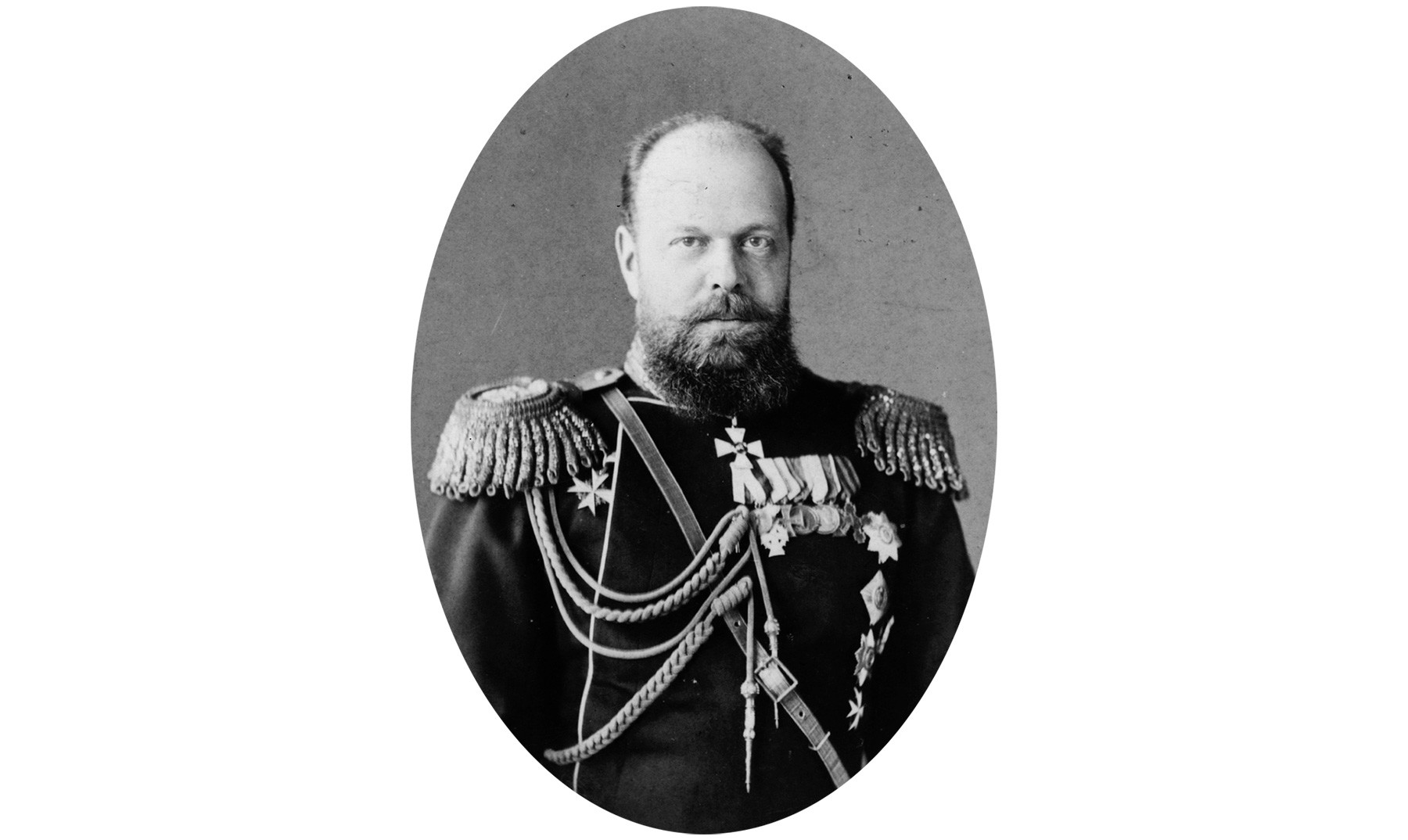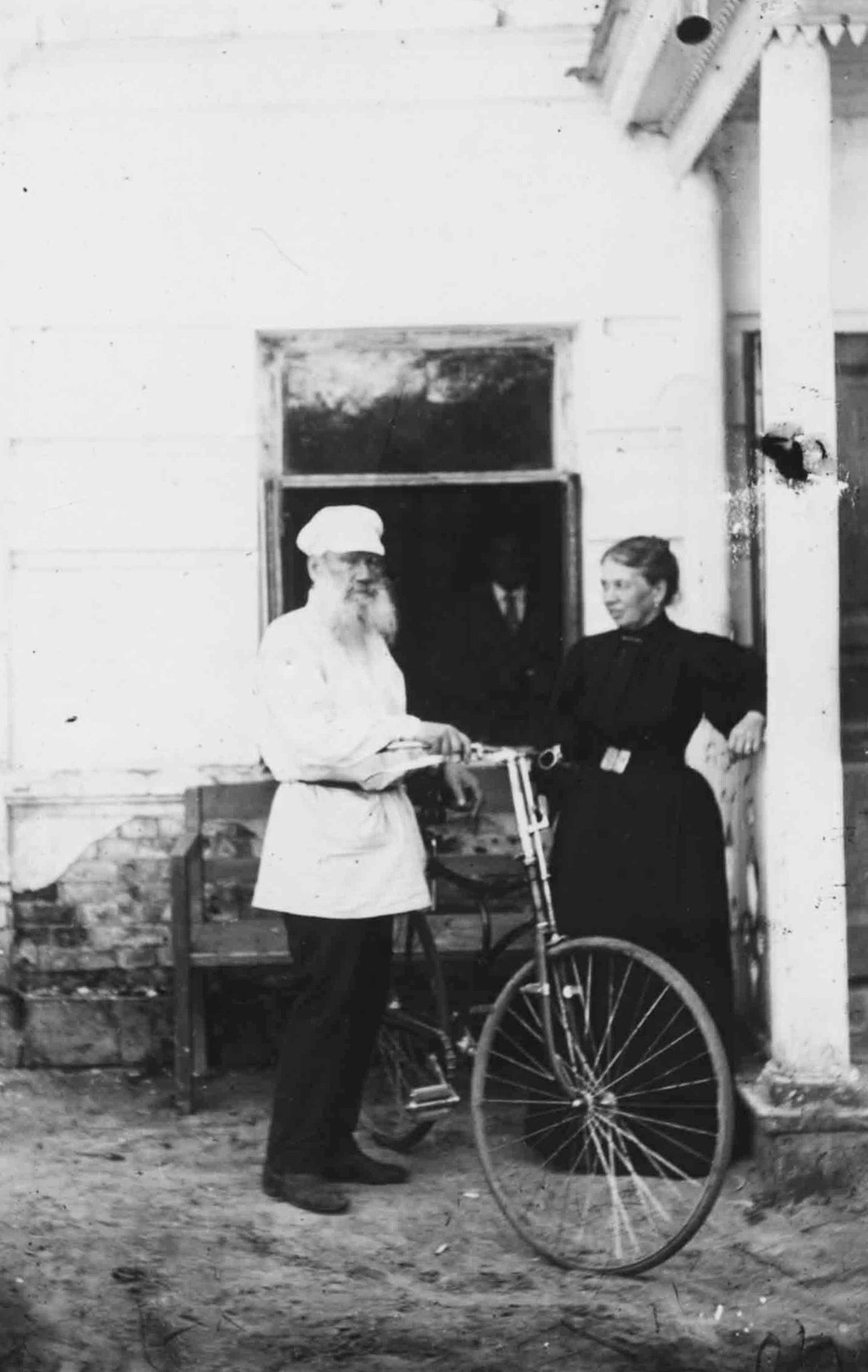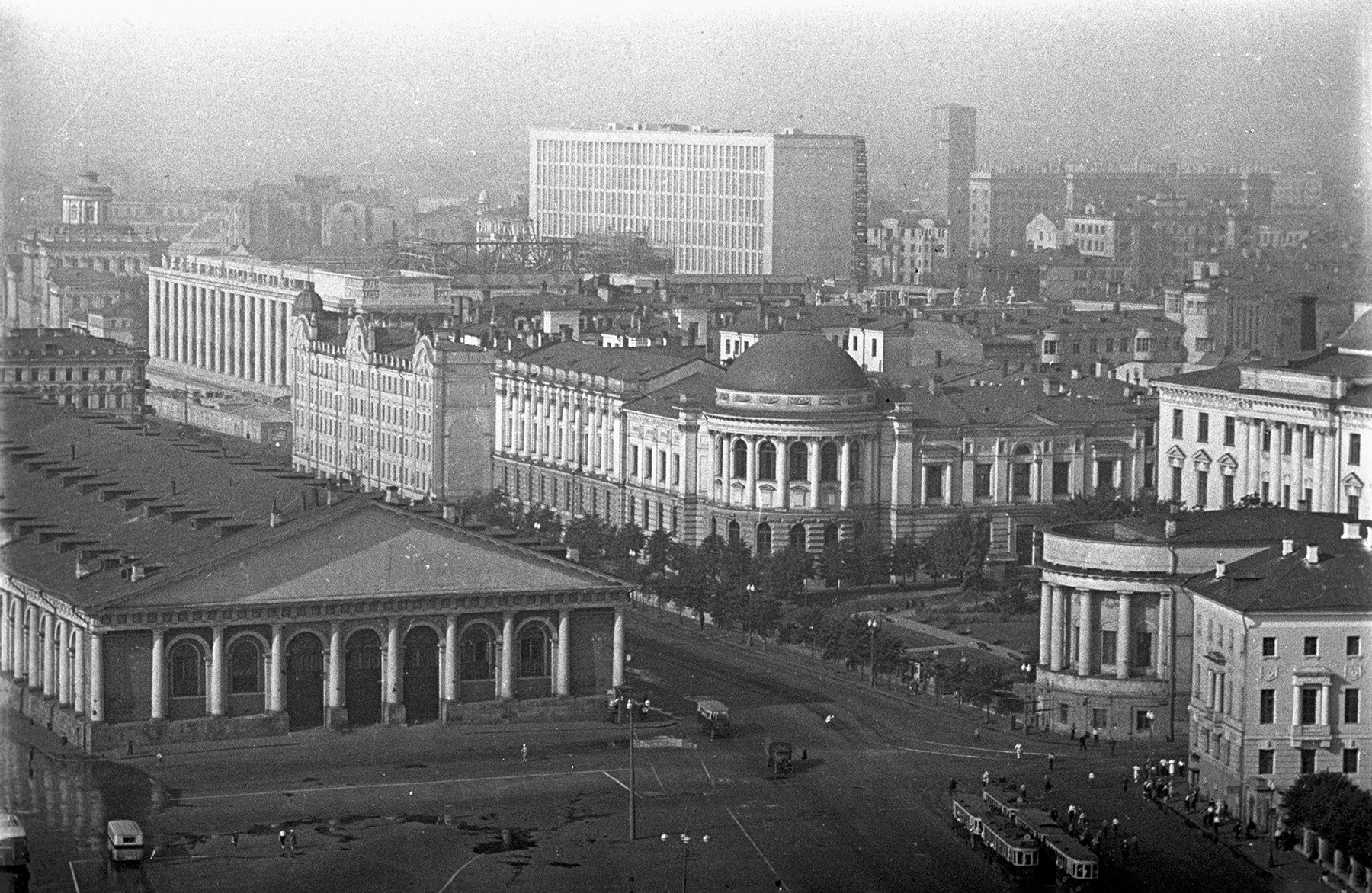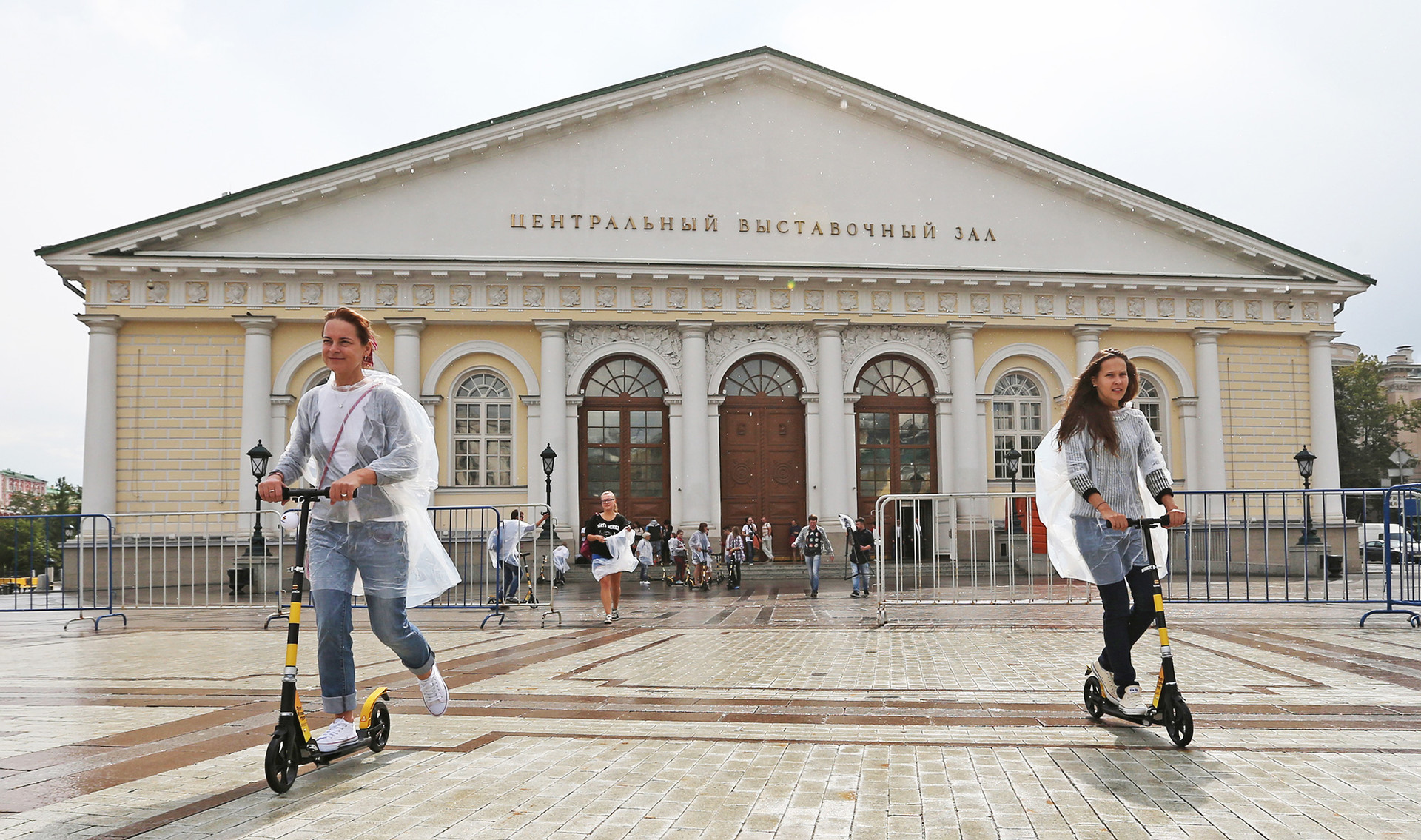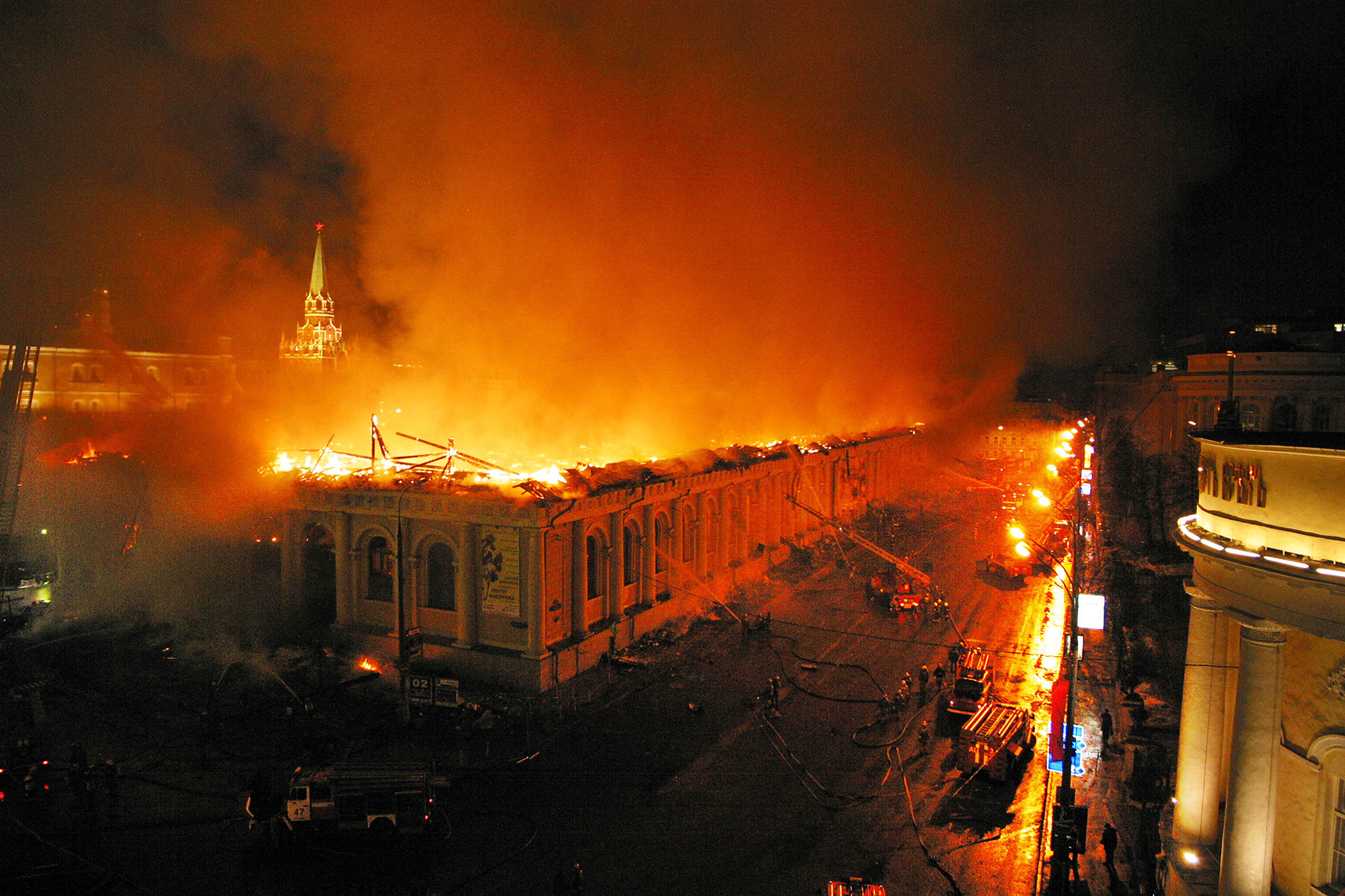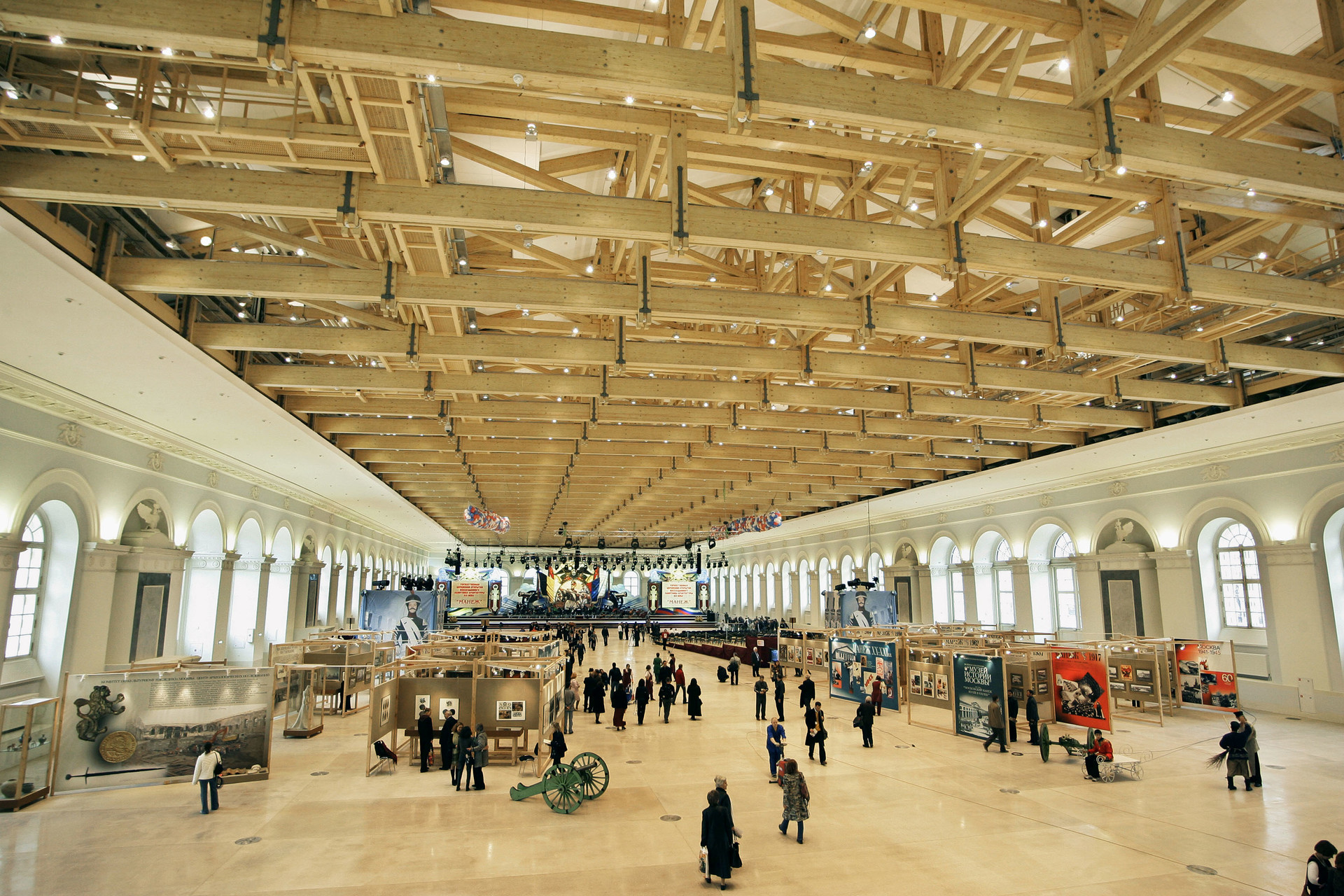The Moscow Manage exhibition hall is a unique place that once held grandiose concerts and served as a garage for Soviet leaders’ vehicles and even as a training field for whole infantry regiments.
Central Moscow’s Manage exhibition hall, was built in 1817 right next to the Kremlin’s walls to commemorate the five-year anniversary of the Russian victory in the war against Napoleon.
At first, it was called “Exerzirhaus” (German for “house for military exercises”). An entire infantry regiment could roam freely inside this huge spacious hall without columns.
Since the 1830s, however, the Manege has been a concert and exhibition hall. In 1867 a huge concert was given there: an orchestra and a choir of 500 singers performed in front of 10,000 spectators.
The Moscow Manege has held numerous exhibitions over the years, including the largest display of national costumes of all peoples of the Russian Empire. However, it is believed that Emperor Alexander III was very displeased with this exhibition and instantly left the building.
The Manege was also Leo Tolstoy’s favourite place for cycling. The great author was 67 years old when he started to learn how to ride.
To scare off insects and rodents, the Manege’s attic was filled with masses of tobacco leaves. After the 1917 Revolution, soldiers smoked all the tobacco, but the smell is said to have remained until the 1970s.
In the Soviet times, the Manege ceased to be an exhibition hall. At first, it was used as an army barracks and later turned into a garage for Soviet leaders’ vehicles.
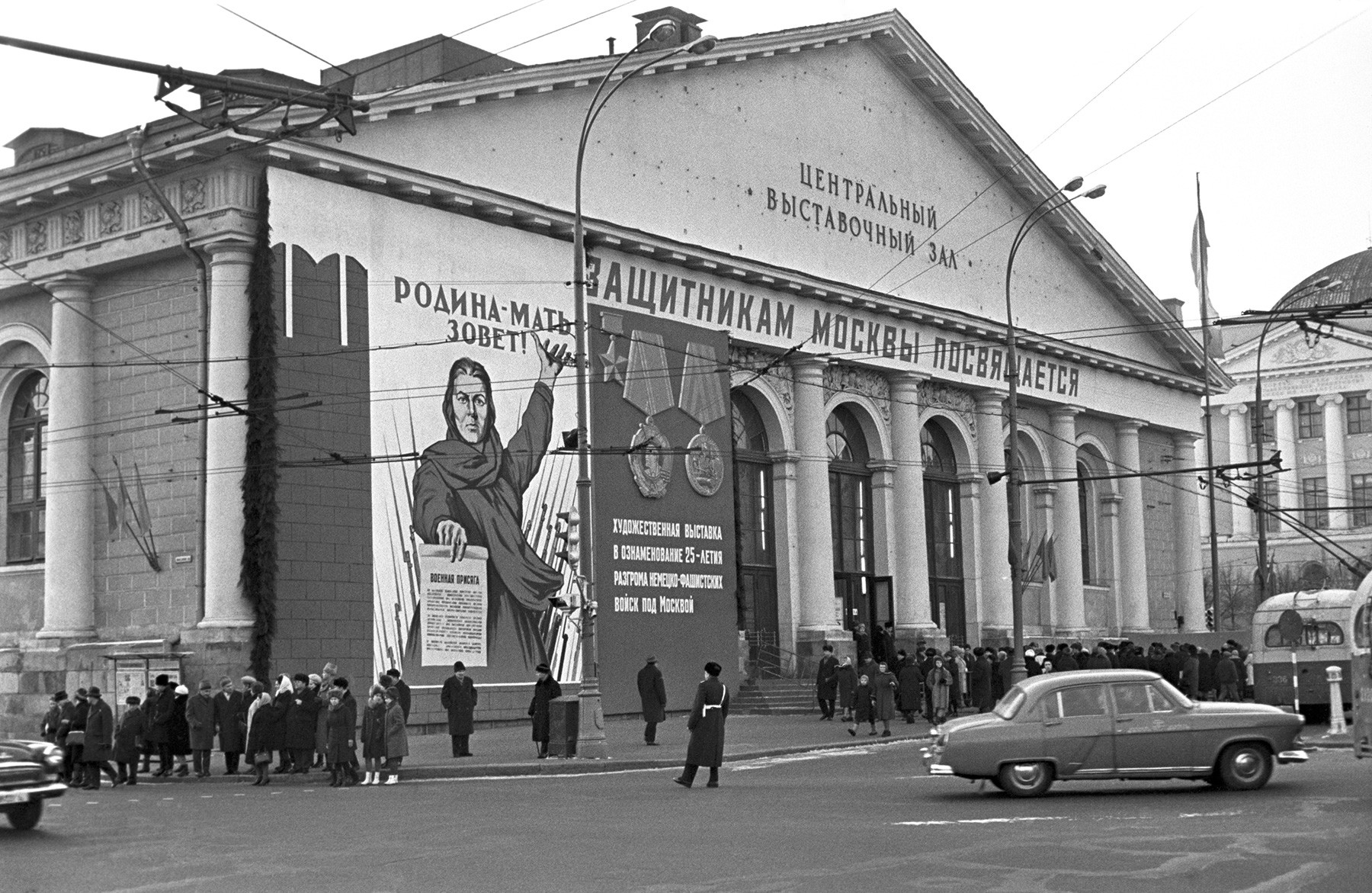
Vasily Yegorov and Emmanuil Yevzerikhin/TASS
Its use as a garage significantly harmed the building. Even the German bombs caused less damage than the government cars.
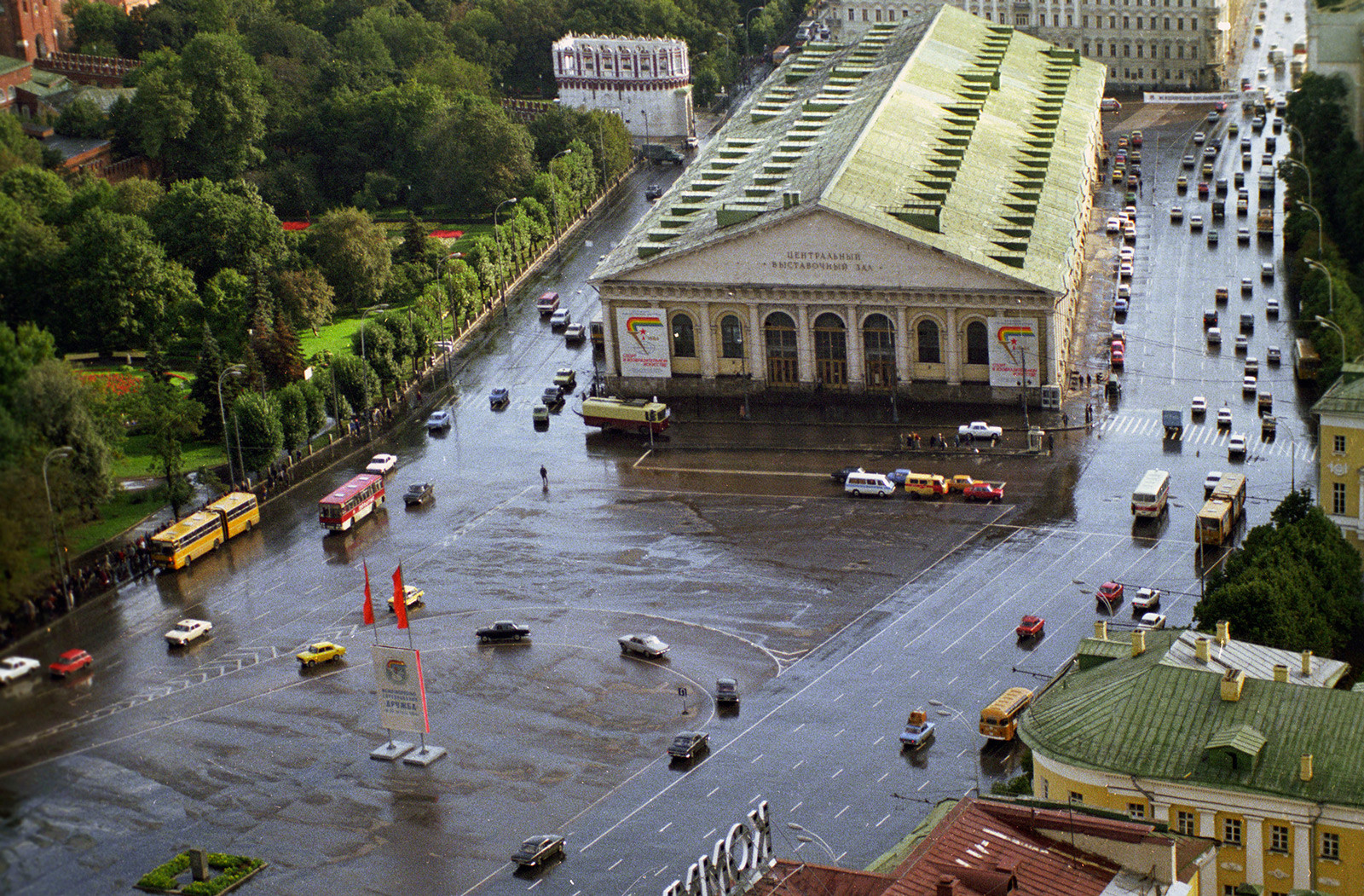
Yuryi Abramochkin/Sputnik
Forty years later, after major renovation works, the Moscow Manege returned to its previous life as the capital’s main exhibition hall.
On 14 March 2004, a fire burned the Moscow Manege to a crisp with only its walls remaining. Police established that it was an arson, but the names of the perpetrators remain unknown. It is believed that the crime was connected to the presidential election held the same day.
After restoration works, the Moscow Manege reopened in 2005 and today holds over 70 exhibitions annually.
If using any of Russia Beyond's content, partly or in full, always provide an active hyperlink to the original material.
